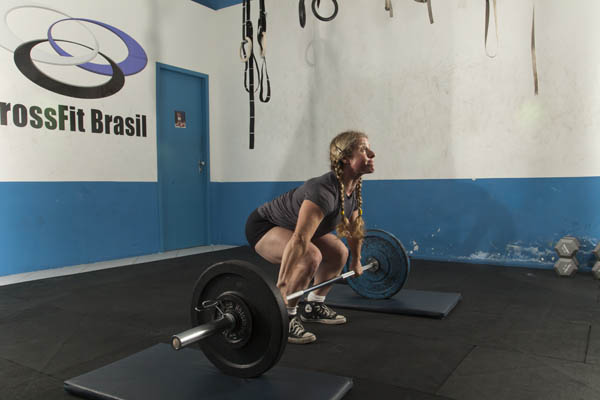
I have been covering issues that became the rule rather than the exception for the majority of people during the COVID-19 pandemic: how to exercise while in quarantine or lockdown.
While some people always exercised at home without equipment, they were rare. Now we are all creating tiny programs with bodyweight exercise, minimal equipment (like I did with the bands and kettlebell) or even improvised equipment for "everybody".
I was happily doing that and answering questions concerning epidemiology and virology and then I caught the virus. I became very, very sick. For several weeks, I lived in a sort of alternative reality, a very slow one. The combination of severe respiratory impairment (hypoxia), fever, and medications made everything a bit off.
Eventually, after about 4 weeks I started to get better and immediately introduced exercise to my daily routine. If you go to my author page on "coach logs", the articles reflect the progression in introducing new exercise types.
One day I decided to walk on the deserted streets of my neighborhood. It seemed like a good idea. Sciatica started bothering me in the middle of my own block but I assumed it would wear off as I walked more, lubricated the joints and whatever other effects that walking always had on me. Not this time. The pain increased until I could no longer move. I rested a little and limped back home. From this moment on, pain was the one constant symptom.
My breathing is back to normal, the afternoon fevers are rare but the pain only got worse. Like me, thousands of other patients are reporting these bizarre reactions.
The disease is too new for any solid scientific evidence on these "post-viral" or "post-acute" syndromes. "Post-viral fatigue" is known for other infections. Not pain.
We do know that SARS-CoV-2 can produce (and we have no idea on what proportion of patients and with what intensity) hyper-inflammatory and auto-immune reactions. That explains the pain.
But why after walking and not after snatching or squatting or clean & jerking?
In our patient support group with over 3 thousand members, several people reported an actual relapse after they engaged in some light exercise, assuming they were on the mend. There is not a single study about this because the disease hasn't been long enough around for one.
Here are some preliminary conclusions from what I've followed in the literature, what I learned from other patients and from myself:
1. Abrupt interruptions on a certain activity regimen may cause detrimental effects and symptoms.
2. Athletes tend to have a more intense and regular activity regimens than non-athletes. The interruption of their activity regimen tends to be more detrimental to their health and can make them more vulnerable to injuries.
3. A more intense and regular activity regimen, as opposed to inactivity, can provide immunological benefits and also maintain cardiovascular health but whether they will or won't benefit a COVID patient is still unclear.
4. Whether one is an athlete or not, the quarantine has a detrimental effect on mental health, one which can be partly mitigated by exercise.
5. Homeostasis is maintained by a large number of "axis" that channel inter-organ cross-talk in our bodies. The brain-muscle-adipose tissue crosstalk is one of the most recently described. Good and bad news: it is regulated by physical activity since the muscle "talks" differently whether regularly contracting or not. The one takeaway here is: either exercise or get sick(er).
6. If a COVID-19 recovering patient asks you about exercise, the honest thing to do is tell them that nobody knows the answer. There are good chances that exercising will only help them. However, there is a chance of unknown probability that it will trigger a hyperinflammatory response. You can't advise them whether to exercise or not: it will be his or hers risky choice. You can help design the most cautious approach to exercising.
Good luck and be safe.









